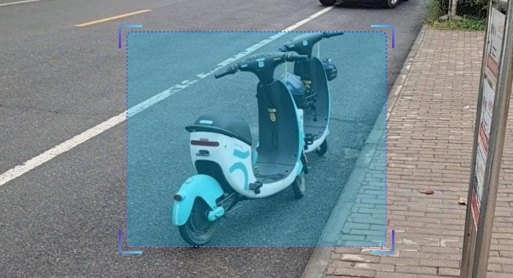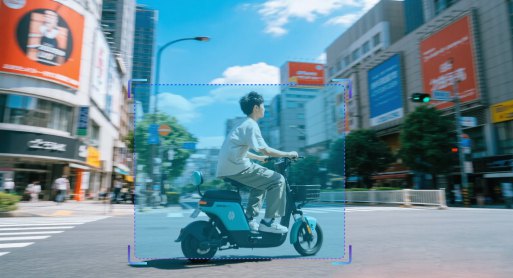
Non-Motorized Vehicle Recognition

Algorithm Introduction
Our system utilizes AI-powered computer vision algorithms to process frame selection results from structured detection and tracking in video streams, along with images captured by intelligent front-end cameras. It specializes in extracting non-motorized vehicle features, enabling attribute-based queries and supporting analysis of vehicle type, body color, and electric bike-specific classifications.
- ● Resolution Requirement: Maximum input resolution of 1080p (1920×1080)
- ● Non-motorized vehicles: Minimum 60×120 pixels
Application Value
-

Urban Roadways
On city arterials and intersections, our solution accurately identifies non-motorized vehicle violations such as unregistered road use and wrong-way riding, assisting traffic police enforcement and improving urban traffic management efficiency. -

Campus/Residential Areas
Deployed in residential communities, campuses, and industrial parks, the system extracts attributes of non-motorized vehicles entering/exiting these areas, detects abnormal vehicles (e.g., e-bikes entering buildings), and identifies illegal parking, facilitating orderly non-motorized vehicle management.
FAQ
-
Algorithm AccuracyAll algorithms published on the website claim accuracies above 90 %. However, real-world performance drops can occur for the following reasons:
(1) Poor imaging quality, such as
• Strong light, backlight, nighttime, rain, snow, or fog degrading image quality
• Low resolution, motion blur, lens contamination, compression artifacts, or sensor noise
• Targets being partially or fully occluded (common in object detection, tracking, and pose estimation)
(2) The website provides two broad classes of algorithms: general-purpose and long-tail (rare scenes, uncommon object categories, or insufficient training data). Long-tail algorithms typically exhibit weaker generalization.
(3) Accuracy is not guaranteed in boundary or extreme scenarios.
-
Deployment & InferenceWe offer multiple deployment formats—Models, Applets and SDKs.
Compatibility has been verified with more than ten domestic chip vendors, including Huawei Ascend, Iluvatar, and Denglin, ensuring full support for China-made CPUs, GPUs, and NPUs to meet high-grade IT innovation requirements.
For each hardware configuration, we select and deploy a high-accuracy model whose parameter count is optimally matched to the available compute power.
-
How to Customize an AlgorithmAll algorithms showcased on the website come with ready-to-use models and corresponding application examples. If you need further optimization or customization, choose one of the following paths:
(1) Standard Customization (highest accuracy, longer lead time)
Requirements discussion → collect valid data (≥1 000 images or ≥100 video clips from your scenario) → custom algorithm development & deployment → acceptance testing
(2) Rapid Implementation (Monolith:https://monolith.sensefoundry.cn/)
Monolith provides an intuitive, web-based interface that requires no deep AI expertise. In as little as 30 minutes you can upload data, leverage smart annotation, train, and deploy a high-performance vision model end-to-end—dramatically shortening the algorithm production cycle.






